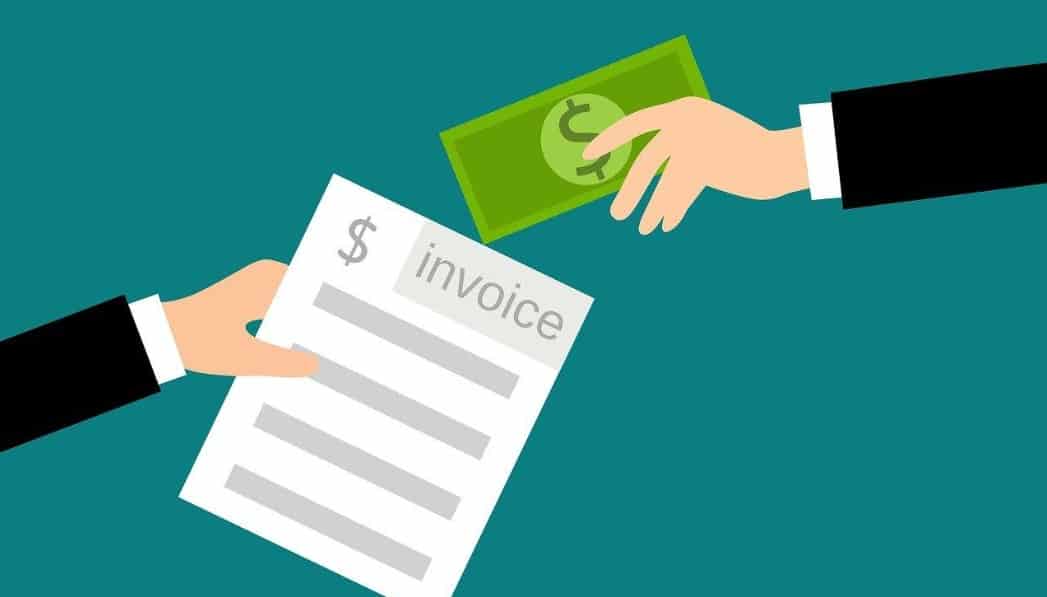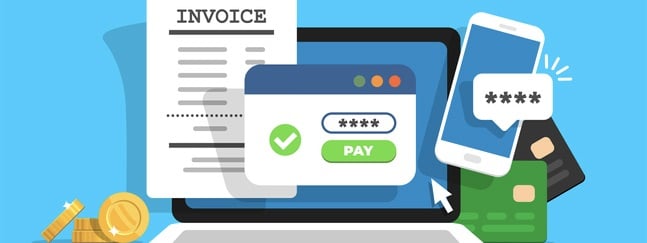PR, marketing and advertising agencies often face a lot of challenges regarding billing for the different services they offer, making their money arrive late. A 2022 survey by Chaser highlights this predicament: an astonishing 60 percent of PR invoices reportedly suffer a delay of 15 days or more in payments.
A lot of things can cause billing discrepancies and eventually strain the relationship with a client. Some of these are the contract setup, billing terms, expectations from the job, and the format in which the invoice receipt template is made. These issues can even spark internal discord, setting project managers and finance teams at a crossfire.
However, with a strategic approach and a handful of effective practices, agencies can streamline their cash flow and collect all the revenue when it’s due.

Image source: Pixabay
Six best practices for efficient invoicing for PR agencies
1) Establish clear payment terms
Clarity is king. From the get-go, make sure your payment terms are as clear as day. Whether you want to get paid monthly, every other month, or every three months, setting and communicating these terms before a client signs a contract prevents the awkward “when is this due again?” conversation.
It is best to adopt an invoicing strategy that centers around the client’s convenience and preferences. Try to understand each client’s billing cycle and tailor your invoicing to align with it.
For instance, if a client prefers paying every four months for budgeting reasons, accommodate that if it is convenient for your agency. This approach demonstrates your commitment to client satisfaction and makes the payment process a lot easier.
2) Ensure prompt and accurate invoicing
Timeliness and precision in invoicing are crucial. Issue invoices immediately after completing a job, ensuring they are error-free.
This approach not only accelerates the payment process but also showcases your agency’s attention to detail and professionalism.
Quick, accurate invoices help maintain a smooth cash flow and reinforce a positive image of your agency.
3) Leverage technology and automation
Embrace technology! Invoicing software is like the superhero of billing. Implementing a system that automatically tracks the status of each invoice minimizes errors and saves heaps of time. When opting for any invoice app or software, choose wisely because there are only a few online invoicing apps and software that offer a free version, while others charge a monthly fee for sending invoices.
This practice lets you get a bird’s-eye view of who has paid, who hasn’t, and which invoices are approaching their due date. It can also help set up recurring invoices or send out automated payment reminders.
Using a free invoice generator can be a cost-effective way to get acquainted with digital invoicing. It’s like having a personal assistant dedicated to keeping your finances in check.
4) Establish effective management of late payments
Late payments are every agency’s nightmare. The best way to tackle this is by setting clear penalties for late payments and considering incentives for early ones.
Of course, these penalties or incentives should be included clearly in the payment section of the contract, not just in the fine print.
This creates a system that encourages timely payments and keeps your cash flow healthy.
5) Streamline client communication
Let communication with your clients be crystal clear. Keep them regularly updated and send straightforward invoices, clearly itemizing the services billed.
This level of clarity not only aids in comprehension but also underscores your commitment to transparency.
Additionally, create an open channel for feedback and queries, as constructive criticism and prompt corrections will help grow and improve your business and ultimately, your agency-client relationship.
6) Offer flexible payment options
Technology has simplified many aspects of life, including how payments are made. Offering a variety of payment options caters to client preferences and makes it more convenient for them to settle invoices promptly. This can include offering them to pay by bank merchants, credit cards, or digital wallets.
This flexibility allows clients to choose the payment method that suits them best, whether through traditional bank transfers or the various modern online payment systems available today; the more options you can offer, the better.
Strategic management implementations for invoicing
Developing a comprehensive invoicing policy
Create an invoicing bible for your agency. This policy should cover everything from how to handle overdue payments to the nitty-gritty of invoice formatting. It’s your go-to guide ensuring consistency and clarity in your invoicing practices.
Training and empowering staff
Equip your team with the know-how and tools they need. Regular training on the latest invoicing software and best practices keeps your staff sharp and your invoicing smoother than a well-oiled machine.
Regular auditing and review of invoicing practices
Keep your invoicing processes under regular review. This is like a health check-up for your billing practices, ensuring they stay relevant and effective in the ever-evolving business landscape.
Promoting interdepartmental collaboration
Improving the invoicing efficiency of an agency isn’t just the finance department’s task; it requires a collaborative effort across the agency. Establishing strong communication and workflow coordination between project managers and the finance team can drastically improve the accuracy and timeliness of invoices.
This approach ensures that billing reflects the scope of work and client agreements, reducing discrepancies and speeding up the approval process.



